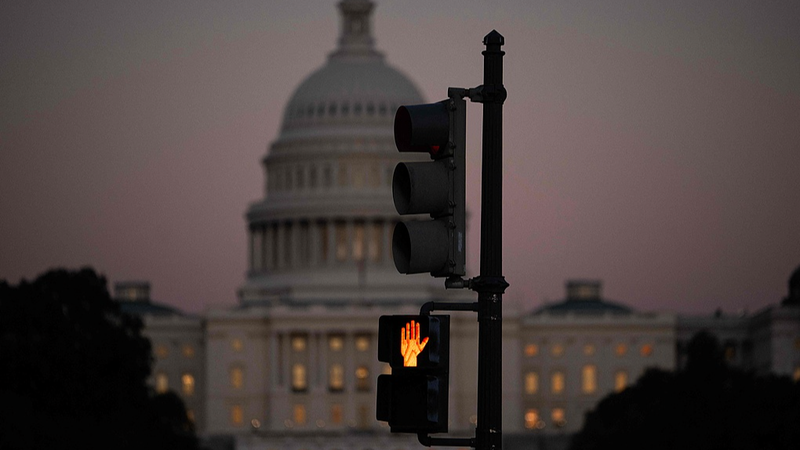The long-simmering tensions between Israel and Iran flared into a new round of hostilities this month. On June 13, Israel carried out a surprise air campaign aimed at Iran's nuclear facilities and senior military leadership. Since then, the two nations have exchanged fire for seven consecutive days, underscoring how a single strike can quickly spiral into wider conflict.
According to CGTN Graphics, here's how the week unfolded:
- Day 1 (June 13): Israel's air campaign hits multiple targets tied to Iran's nuclear program and military command.
- Days 2–6: Iran fires back with rockets and drones; Israel deploys air defenses and conducts retaliatory strikes.
- Day 7 (Thursday): Both sides remain on high alert as exchanges continue, civilian populations brace for further escalation.
Why it matters:
This latest flare-up highlights the fragile balance in the Middle East, where any miscalculation could draw in global powers and disrupt regional stability. Young global citizens, tech entrepreneurs, and travelers alike are watching closely: a shift here can ripple across energy markets, geopolitical alliances, and international security.
How do you think this week-long standoff will shape the Middle East and global stability? Join the conversation below.
Reference(s):
cgtn.com




